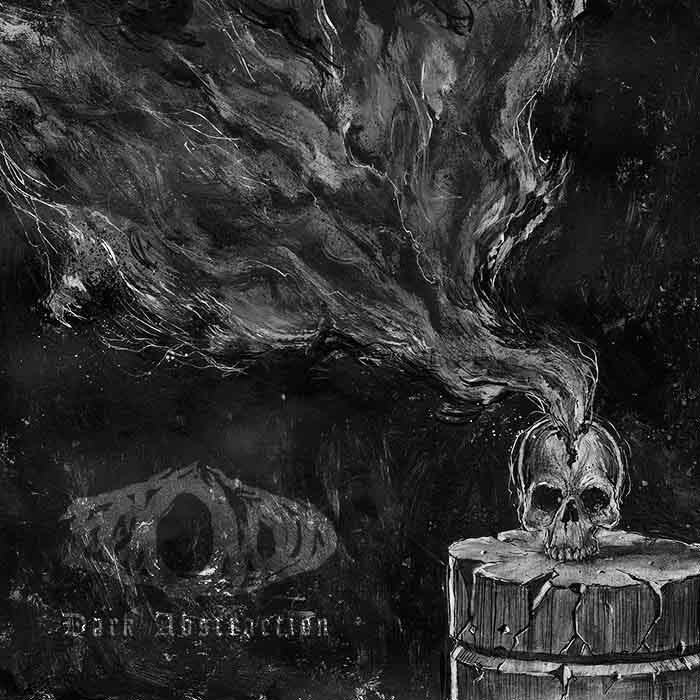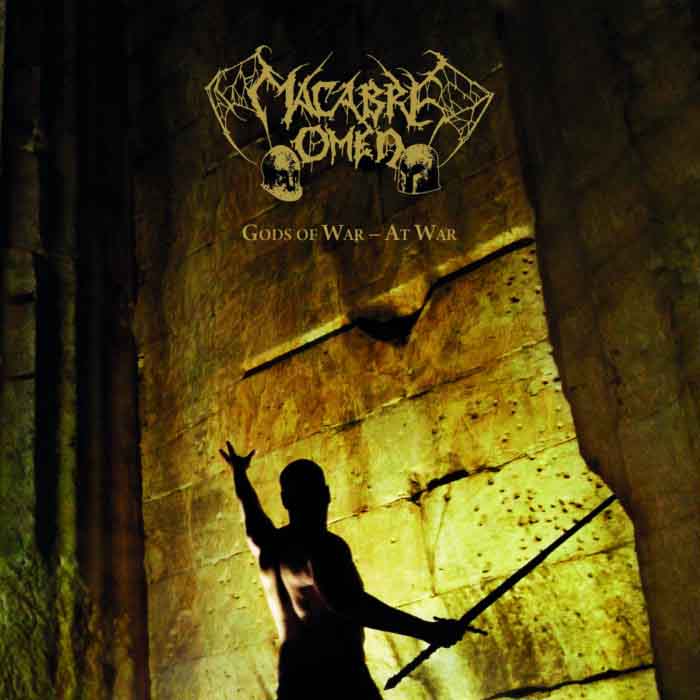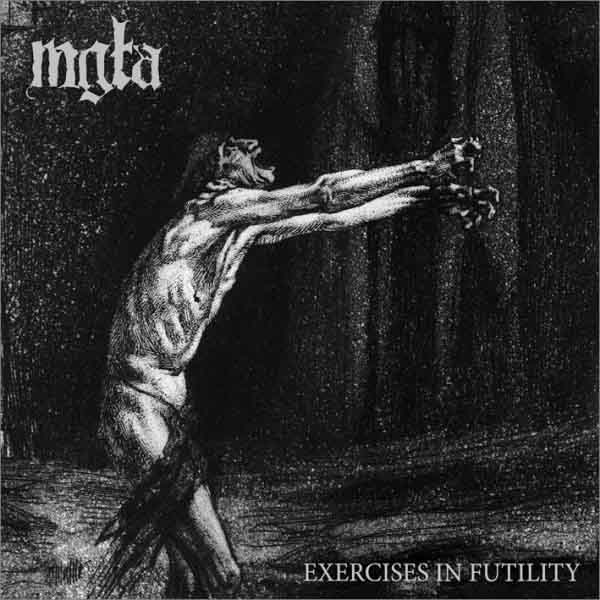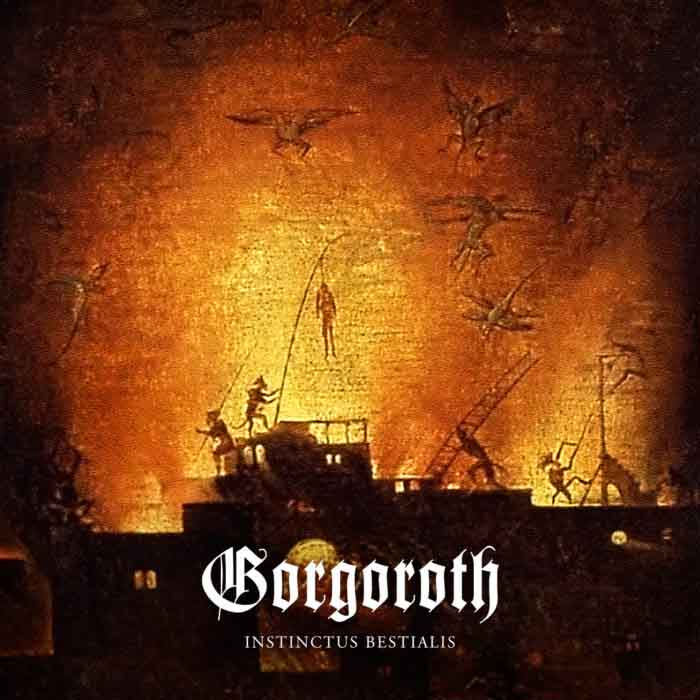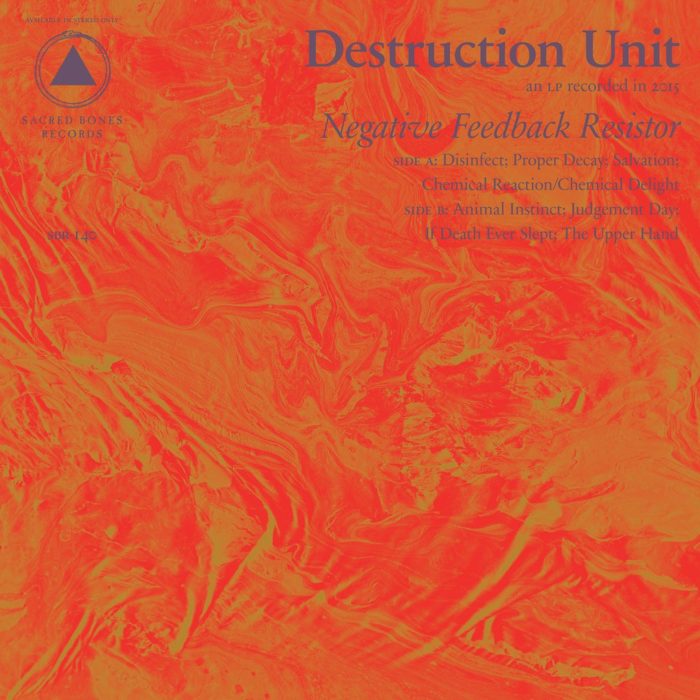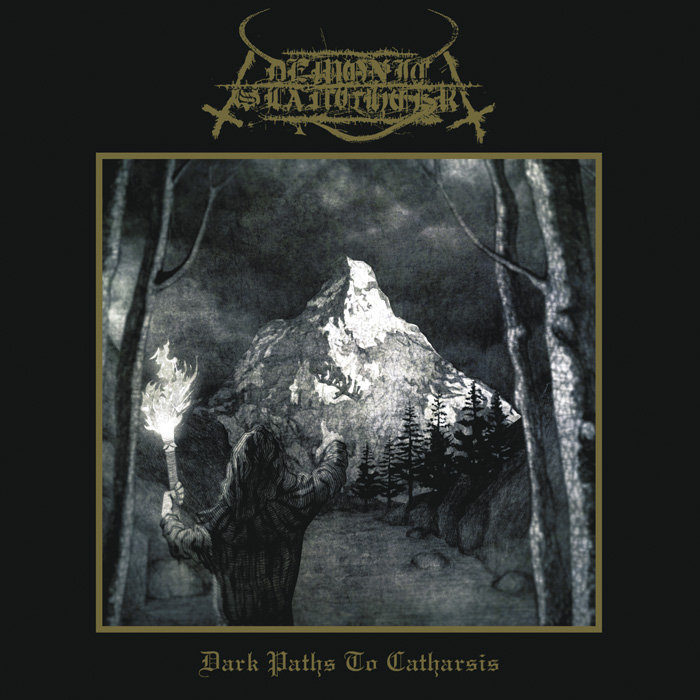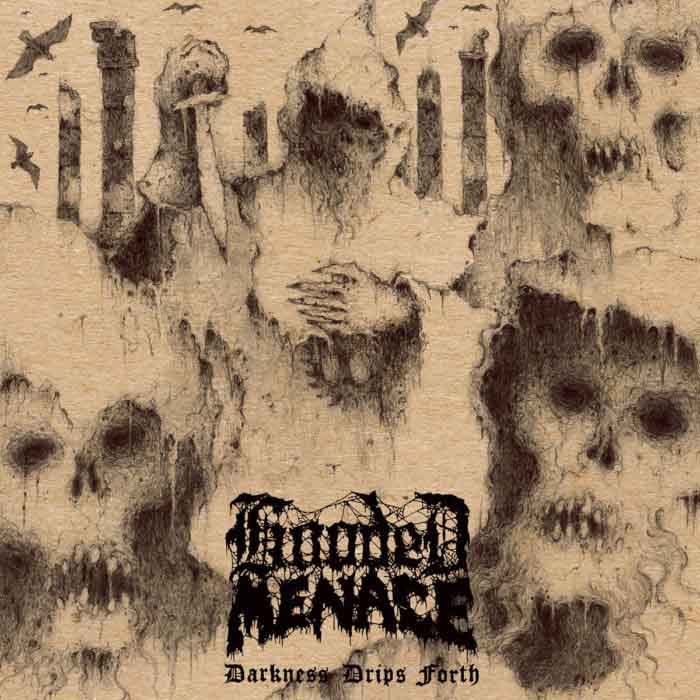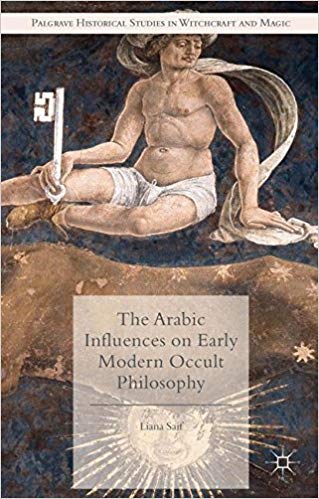
The present book explores different mystical and metaphysical ideas related to astrology and magic that fall under a philosophical framework that assigns the living cosmos a hierarchical order of influences that make the mechanics of the cosmos possible. The works studied here are chosen for their inherent worth, but here also for their influence over the developments in Western Occult Philosophy of the Medieval and Renaissance periods. They are termed ‘Arabic’ by virtue of the language the authors wrote the works in, although some of these authors were not themselves Arabs at all. Furthermore, Liana Saif strikes a very insightful balance in that she strives to truly understand this tradition of occult thought from the inside out, as a coherent system of thought from its own vantage point and not in relation to later philosophies.
It must be highlighted that the Arabic treatises explored in this book are of a ‘rational’ character, even if treating of magic and astrology. As Alfred Ayer —who would nonetheless be against notions of magic, said regarding systems of thought— explained in Language, Truth and Logic about philosophy and metaphysis: the only requirement for them to be valid is coherence. From then on, the connection that a system of thought has to ‘reality’ has to do with how its accuracy is gauged, and so how it is applied to achieve any kind of results. In the case of these Arabic influences, “knowledge of resemblances, analogies and sympathies,” played the role of mechanistic causality in these system, even though the system was treated as a living organism in which forces —dynamis, according to Georg Luck— are spirits with volition in a graded hierarchy of beings of descending intellectual power and self-awareness.
Astrology is said to be first of all dependent on a knowledge of astromony. But whereas astronomy attempts only a mathematical calculation of the movements of the heavens, astrology seeks to find causal relations between said movements and the states of beings on our ‘sublunar’ plane (basically, the planet Earth). To this end, many a creative rule of resemblance, sympathy and anipathy is applied, but with the ultimate end of finding a sense, not of feeding superstition. If the conjured explanation is unable to provide a satisfying unifying pattern of ideas with the actual manifest movements, then it is invalid. Furthermore, and most obviously, if within the parameters of the worldview no actual predictions or results are achieved from any presumed astrological knowledge or magical working, these are not supposed to be valid either. It is in this sense that astrology and magic are treated rationally, from its own chosen metaphysical premises.
Liana Saif tells us that explanations based on “causality,” even those that are now deemed “scientific,” do not in any way invalidate interpretations of a spiritual or semiological kind. In this regard, Carl Jung has stressed that human reality lies within phantasia, and neither in the purely physical nor the mental. What this means is that we percieve and act in a world that comes together between the two, and which phantasia eventually follows its own rules and patterns independent yet fed by the upper and lower worlds of the physical and the mental, correspondingly. And so, if a consistency of signs and meanings is achieved from an observation of nature in relation to the human mind and its ability to perceive details, then the efficacy of magic has thereby been attested.
The book itself is pleasant to read in many respects, not least of which is the fluid prose which, while academic in tone, is not bogged down by a lack of style or attention to clarity. What makes the present work powerful and congruent in that respect is that the author uses all modern advantages of systems and knowledge in the service of better understanding and explaining the worldviews and metaphysical propositions of these medieval Arabic thinkers on occult philosophy. It is exciting and fulfulling to read Liana Saif move seemlessly into the mentality of medieval occult thought with full attention and in an apparent “inner comprehension,” even as if she held a stake in this alternate “world,” only to then slide out and provide respectful commentary in the light of modern academic research.
17 Comments“…the natural way of doing this is to start from the things which are more knowable and clear to us and proceed towards those which are clear and more knowable by nature.”
—Aristotle, Physics
Tags: 2015, liana saif, Palgrave Historical Studies in Witchcraft and Magic, the arabic influences of early modern occult philosophy
